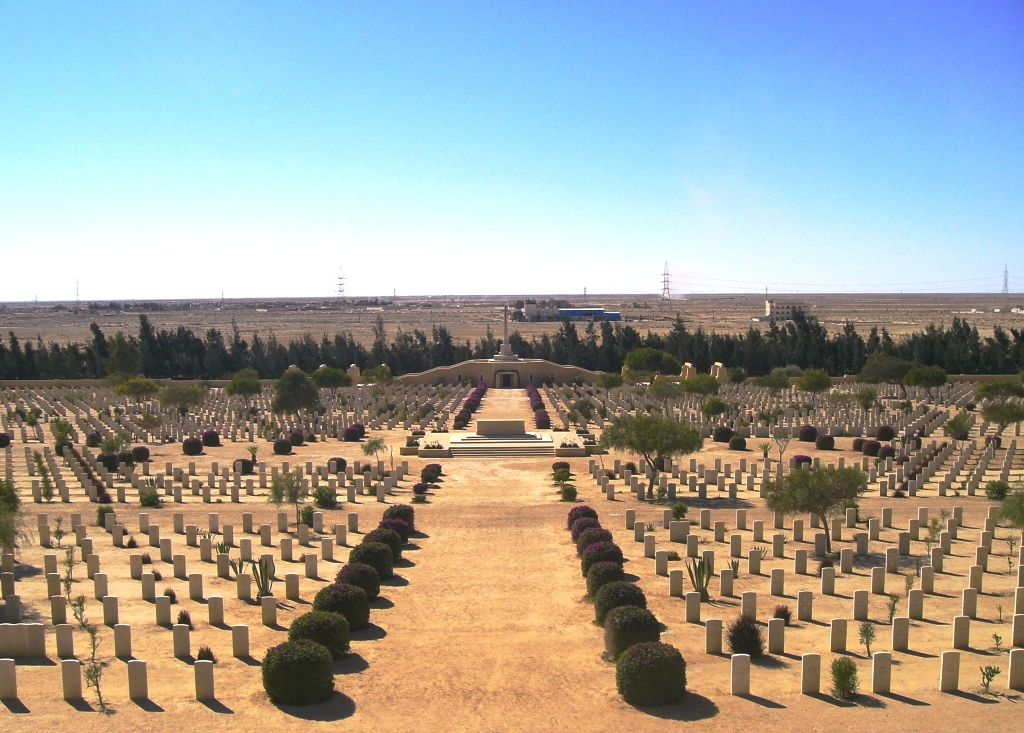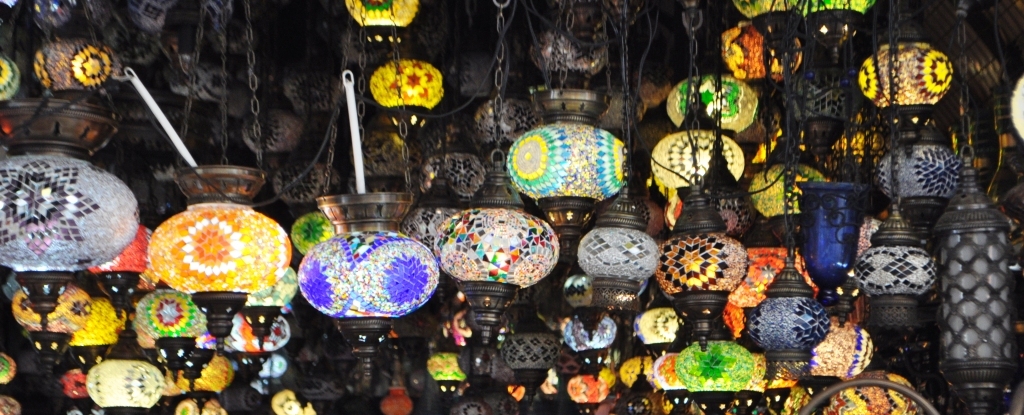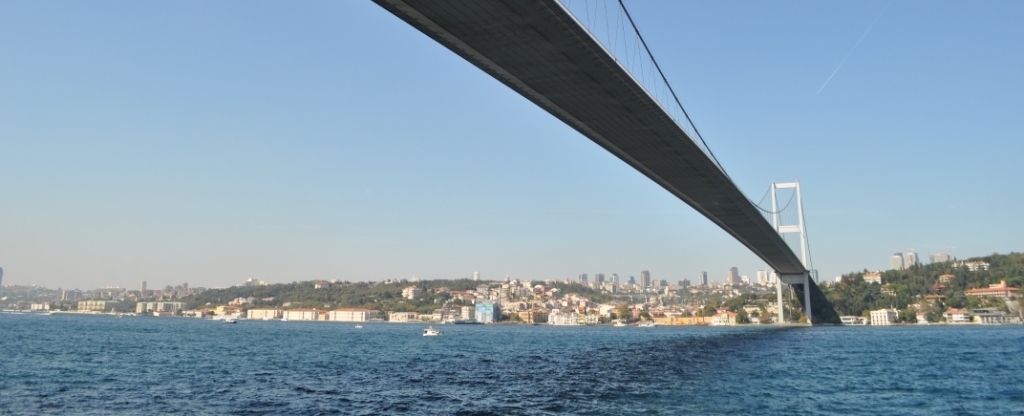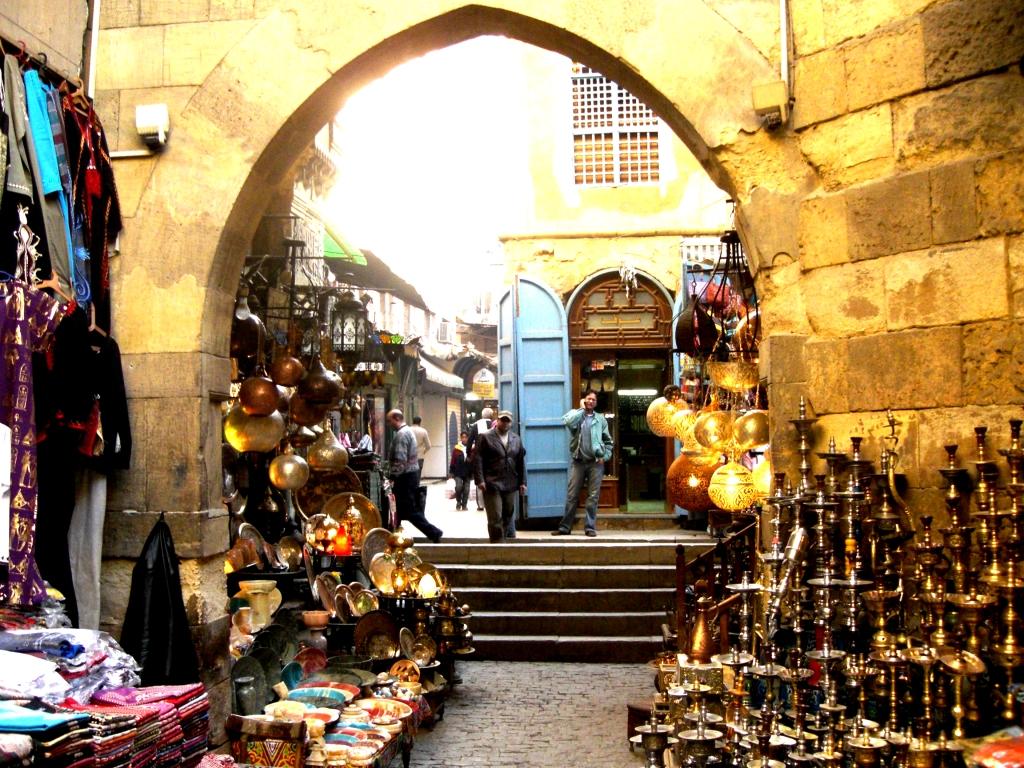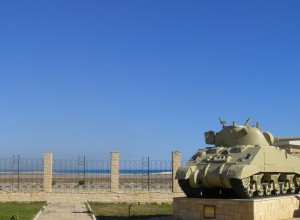
To one side of me is the deep, oversaturated blue of the Mediterranean. To the other, the beige sands of the Sahara glare in a sun suitable for neither mad dogs nor Englishmen. Every once in a while there is barbed wire fence, less often, a sign warning people to stay away. World War II is almost 70-years over, but millions of still unexploded mines can kill you just as dead today.
The sun beats down fiercely, as it always does over El-Alamein in northern Egypt. Some 70 years ago, Axis and Allied forces battled for dominance of North Africa. The winner would control the Suez Canal — the sea route from the Mediterranean to the Indian Ocean — and much of the Middle East.
In Your Bucket Because…
- This was one of the most important battles, and a turning point, in World War II.
- The region is also one of the most popular vacation destinations for Egyptians, not for the history, but for the beaches and resorts.
- Good for: Lovers of history.
The turning point came here, just 60 miles west of Alexandria, where the Allies drove the Axis powers out of North Africa. Today, visitors staying in Alexandria can take a day trip to visit the museum and cemetery that commemorates the battles and the men — Italian, German, British, Canadian, New Zealand, South African, Australian, Egyptian, and others — who served and died here.
Visiting El-Alamein’s World War II Military Museum

I started my visit with a tour of the small military museum, which, to be blunt about it, is not all that impressive. Outside, there’s a display of tanks, aircraft, jeeps, mines, and other armaments and other seemingly miscellaneous wrecks from World War II’s North African campaign. I tried to imagine spending broiling hot days stuck in one of these hunks of metal — a target. I couldn’t.
Inside the El-Alamein Museum, a low-tech diorama of North Africa shows the various campaigns. A tape recording tells the story with scratchy old music reminiscent of World War II newsreels, while flashing lights identify the troops’ movements across regions on the map. It all looks like something you might find in a not terribly well-funded elementary school — none of which detracts from the sense, or the scope, of what happened here. (In fact, I found that the simplicity of the exhibit made the complexity of the campaign easier to understand.)
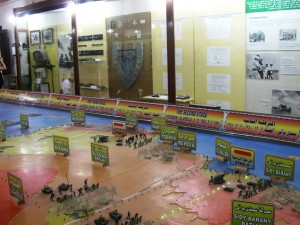
The museum is divided into sections, with rooms focusing on some of the nationalities that fought. The displays are a bit haphazard, with typed descriptions in broken English on yellowing pieces of paper affixed to the walls with crumbling Scotch tape. Still, the museum conveys the struggle against not only the enemy, but against the Sahara Desert: against not only bullets and tanks, but the heat, sand, dust, and unrelenting sun.
The British Military Cemetery at El-Alamein
A few minutes from the museum are several war memorials and the British Military Cemetery.
I entered through an archway, which is part of a larger memorial structure. Stone steps on either side lead to the top of the arch, from where there is an overview across the cemetery — so many white crosses — to the companion monument that borders the far side of the lines of gravestones.
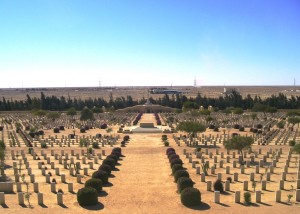
I walked among the graves, a few of them decorated by graveside cacti, succulents, and the occasional bravely-planted shade tree, irrigated in a sad attempt to help it survive in the baking sun. Not even cactus can thrive here. Behind the an irrigated row of trees defines a boundary; Beyond that, the brown and barren Sahara stretches into infinity. This is where they fought. It’s also where the mines are — still.
As in American military cemeteries, the graves are uniform, more than 7,000 lined up in neat rows. But there’s a difference, and for me it was surprisingly moving. Unlike American military cemeteries, which permit no deviation, British military cemeteries allow families of the deceased to supply a personal inscription for the headstone. Reading the poignant, loving testaments, one after the other, was sobering. Grief for a father, a son, and brother, expressed in a few terse words or a well-chosen poem or Bible verse, made the monumental personal. And the occasional inscription of an anonymous grave marked “known only to God” made it universal.
Practicalities
A day trip from Alexandria is the most popular way to visit El-Alamein. Hotels can usually make arrangements, or check with the tourist office, located just off the Corniche in Alexandria’s town center, a hundred yards or so from the famed Cecil Hotel (of Alexandria Quartet fame).
Visitors interested in a more extensive visit can also stay at hotels on Mediterranean Coast. The five star El Porto Marino resort is a five-minute drive from the El-Alamein memorials. This 300-room, 2000-condo development caters mostly to wealthy Egyptians and visitors from Saudi Arabia, Kuwait, Dubai — and some from Europe, as well. Its Venetian-themed design includes a gondolas that float on a canal crossed by foot-bridges, shops (mostly closed in winter), boats, a small beach, and a sequestered bathing area for ladies only. The Mediterranean Coast west of Alexandria is mobbed in summer; in winter, however, it is very quiet. Bring alcohol if you want any; the hotel caters to a mostly Muslim clientele, and doesn’t sell any.
